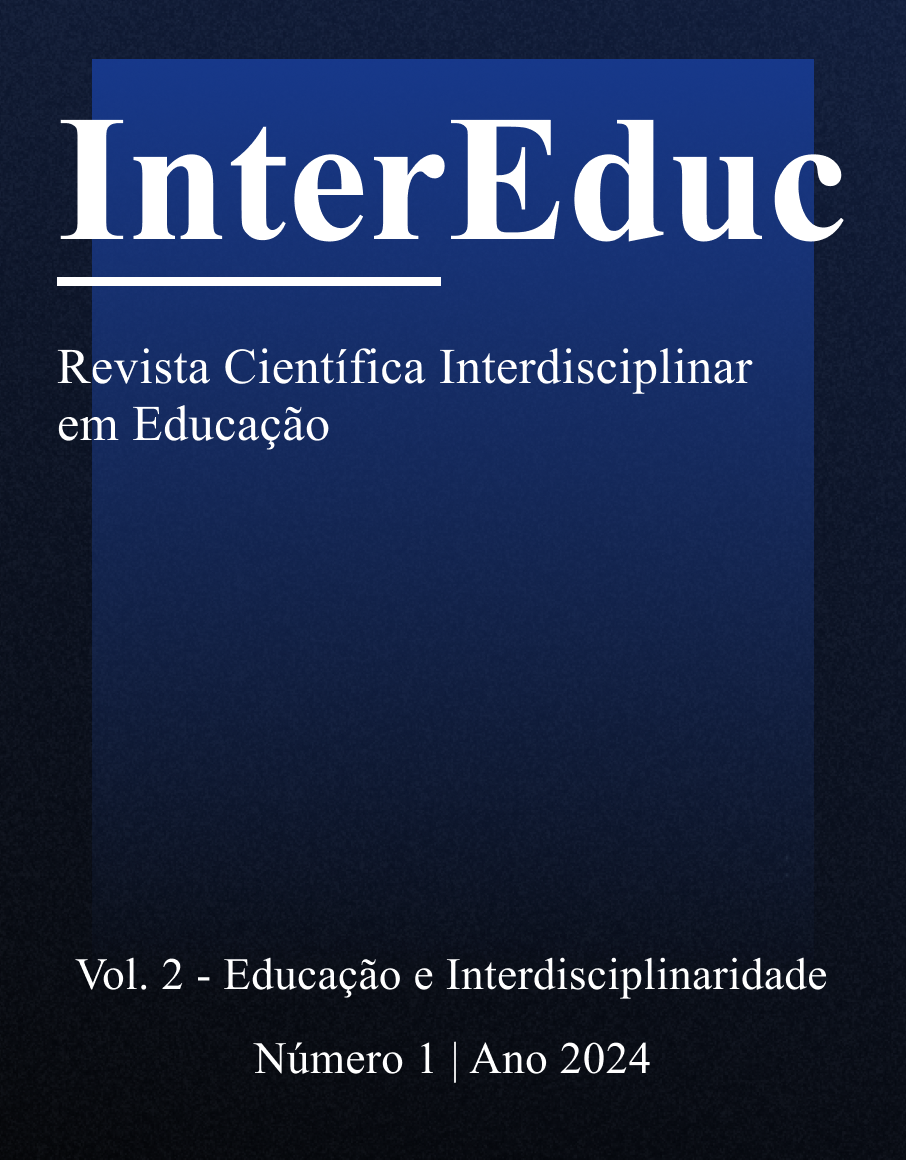The contistics of sources ibiapina: a literacy experience a class of 9th grade of elementary school
Keywords:
Literary Literacy. Basic sequence. Thirty-two.Abstract
The article discusses the importance of working with literary texts in the classroom, emphasizing that it is a right that must be guaranteed to the reader. Official documents, such as the 1998 National Curricular Parameters (PCN) and the 2018 National Common Curricular Base (BNCC), support interactive literature teaching. It discusses the change in the approach to teaching literature, which was previously centered on the textbook and the student's passivity, and is now more interactive, the student is seen as the protagonist and the teacher as a learning mediator. It brings the experience in a group of 9th grade of Elementary School, in which it noticed problems related to the reading competence of the students. When investigating the habit of reading for pleasure, he found that the teaching of literature was limited to reading and filling out forms, which raised questions about the lack of pleasure and fruition in reading on the part of students. It is mentioned that this problem may be related to reductionist tasks, such as grammatical analysis, which reduce the possibility of exploring aspects of the literary text. The research methodology is based on a literature review, using references such as PCNs, BNCC, studies by Zilberman, Candido, Moisés, Fiorussi and Cosson. Literary literacy is proposed through the use of the short story "Trinta e Dois" by Fontes Ibiapina, as a strategy to develop literary reading. Finally, an approach to working with literary texts at school is proposed, using reading activities, discussion and reflection on ethnic and social stereotypes, using the short story "Trinta e Dois" as a basis and following the assumptions of Rildo Cosson's basic sequence (2014). The proposal seeks to train sensitive, aware and competent readers, promoting literary literacy.










